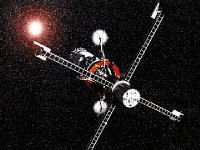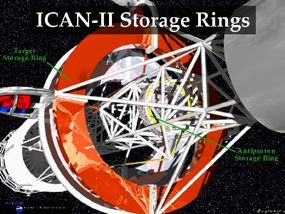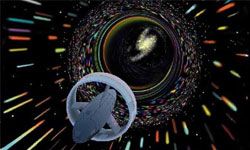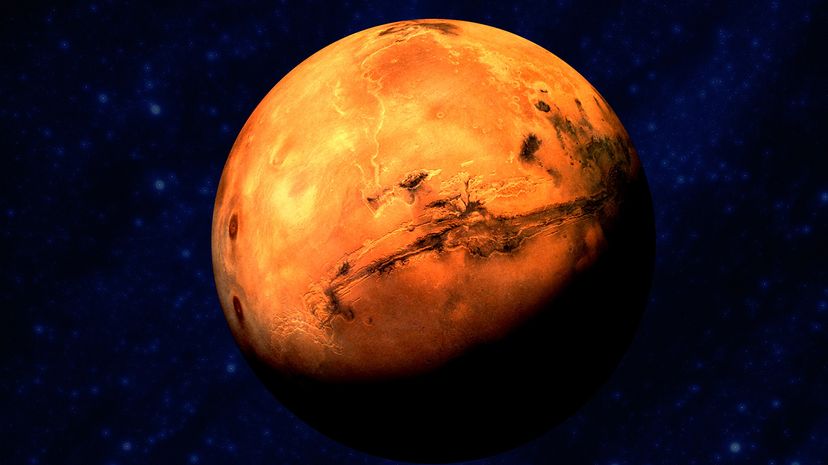
"Engineering, stand by for warp drive." With that command, the "Star Trek" crew of the U.S.S. Enterprise prepared to hurl the spaceship through the cosmos at superluminal speeds.
Warp drive is one of those science-fiction technologies, like teleportation and time travel, that have some scientific basis. We just haven't achieved it yet. However, scientists are working on developing an interstellar spacecraft engine that is similar to the antimatter engine of the Enterprise.
Advertisement
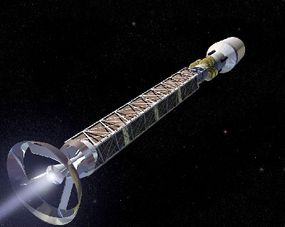
No engine is likely to generate superluminal speeds; the laws of physics prevent us from doing that, but we will be able to go many times faster than our current propulsion methods allow. A matter-antimatter engine will take us far beyond our solar system and let us reach nearby stars in a fraction of the time it would take a spacecraft propelled by a liquid-hydrogen engine, like the one used in space shuttles.
It's like the difference between driving an Indy race car and a 1971 Ford Pinto: In the Pinto, you'll eventually get to the finish line, but it will take 10 times longer than in the Indy car.
Let's peer a few decades into the future of space travel to look at an antimatter spacecraft and find out what antimatter actually is and how we might use it for an advanced propulsion system.
Advertisement

